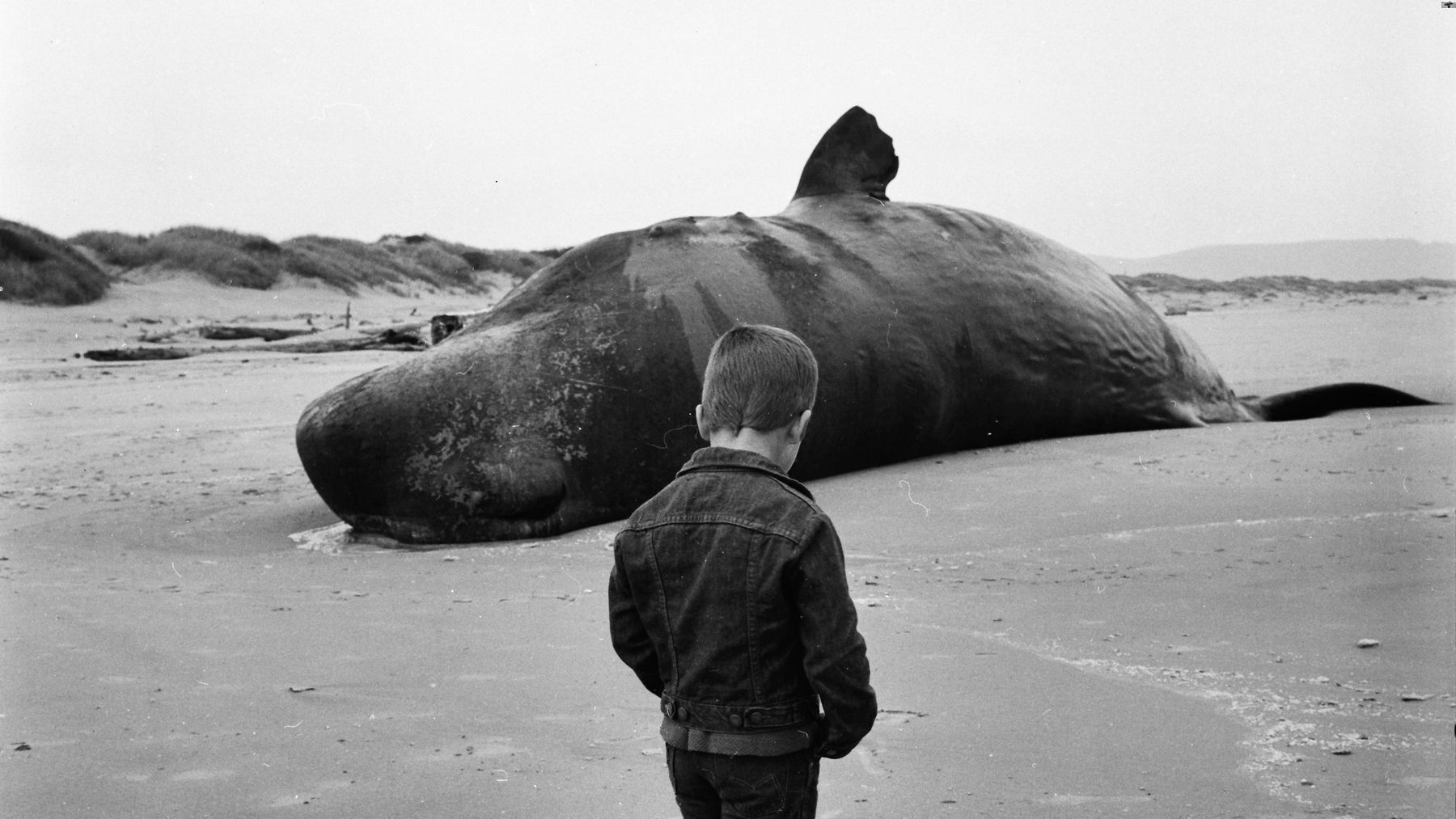
Ever wondered how spiders manage to travel long distances without wings? Meet the fascinating phenomenon of ballooning spiders. These tiny arachnids use silk threads to catch the wind, allowing them to soar through the air like nature's paragliders. Imagine a spider hitching a ride on a breeze, covering miles in search of new habitats or food sources. This incredible method of travel isn't just a quirky spider trick; it's a survival strategy. Ballooning helps spiders escape predators, find mates, and colonize new areas. Intrigued? Let's dive into 35 amazing facts about these airborne adventurers and uncover the secrets of their high-flying lifestyle.
Key Takeaways:
- Ballooning spiders use silk threads to catch the wind and travel long distances, helping them find new habitats and escape predators. This behavior is a survival strategy and can occur at any time of year.
- Spiders balloon to escape overcrowding, find food, disperse offspring, avoid predators, and adapt to changing conditions. Their ability to travel vast distances impacts ecosystems and contributes to biodiversity.
What Are Ballooning Spiders?
Ballooning spiders are fascinating creatures that use silk threads to catch the wind and travel long distances. This unique mode of transportation allows them to colonize new areas and escape predators. Let's dive into some intriguing facts about these airborne arachnids.
-
Ballooning spiders use silk threads to catch the wind. They release silk strands that act like parachutes, allowing them to be carried away by the breeze.
-
This behavior is called "ballooning." The term comes from the way the silk threads resemble a balloon's tether.
-
Spiders of all sizes can balloon. From tiny spiderlings to larger adults, many species use this method to travel.
-
Ballooning helps spiders find new habitats. By drifting on the wind, they can reach areas that are otherwise inaccessible.
-
It’s a survival strategy. Ballooning allows spiders to escape predators and harsh environmental conditions.
How Do Spiders Balloon?
The mechanics behind ballooning are both simple and complex. Spiders use their silk and the wind to achieve lift-off, but there's more to it than meets the eye.
-
Spiders climb to a high point before ballooning. They often use plants, fences, or other structures to gain altitude.
-
They release multiple silk threads. These threads catch the wind, creating enough lift to carry the spider away.
-
Spiders sense the wind with their legs. They use specialized hairs to detect the right conditions for ballooning.
-
They can travel vast distances. Some spiders have been known to travel hundreds of miles using this method.
-
Ballooning can occur at any time of year. However, it’s most common in the spring and fall when conditions are ideal.
Why Do Spiders Balloon?
Understanding the reasons behind ballooning can shed light on the behavior of these incredible creatures. It’s not just about travel; it’s about survival and adaptation.
-
To escape overcrowding. When too many spiders inhabit an area, some will balloon to find new territory.
-
To find food. Ballooning allows spiders to locate areas with more abundant prey.
-
To disperse offspring. Spiderlings often balloon to spread out and reduce competition for resources.
-
To avoid predators. Ballooning can help spiders evade threats in their current environment.
-
To adapt to changing conditions. If their habitat becomes unsuitable, spiders can balloon to find a better one.
The Science Behind Ballooning
Scientists have studied ballooning to understand the physics and biology involved. Their findings reveal the complexity of this seemingly simple behavior.
-
Silk threads are incredibly strong. Despite their thinness, spider silk is one of the strongest natural fibers.
-
Spiders can control the length of their silk. They adjust the thread length to optimize lift and travel distance.
-
Electrostatic forces play a role. The Earth's electric field can help lift the silk threads, aiding in ballooning.
-
Wind speed is crucial. Spiders need just the right wind conditions to successfully balloon.
-
Temperature affects ballooning. Warmer temperatures can create updrafts that assist in lift-off.
Famous Ballooning Spider Events
Throughout history, there have been notable instances of ballooning spiders making headlines. These events highlight the scale and impact of this behavior.
-
The 1832 "Gossamer Shower." In England, thousands of ballooning spiders covered the countryside in silk.
-
The 2012 Australian spider invasion. After heavy rains, millions of spiders ballooned into towns, creating a surreal scene.
-
The 2015 "Spider Rain" in Brazil. Residents witnessed spiders descending from the sky, a result of mass ballooning.
-
The 2018 "Spider Apocalypse" in Greece. A massive spider web covered a beach, created by ballooning spiders.
-
The 2020 "Spider Migration" in the U.S. In some states, ballooning spiders were so numerous they created webs visible from space.
The Impact of Ballooning on Ecosystems
Ballooning spiders play a significant role in their ecosystems. Their ability to travel long distances affects both their own populations and the environments they colonize.
-
They help control insect populations. By spreading out, ballooning spiders can reduce pest numbers in new areas.
-
They contribute to biodiversity. Ballooning allows spiders to introduce genetic diversity to new habitats.
-
They can become invasive species. In some cases, ballooning spiders can disrupt local ecosystems.
-
They aid in plant pollination. Some spiders help pollinate plants as they travel, benefiting the ecosystem.
-
They serve as prey for other animals. Ballooning spiders provide food for birds and other predators.
Fun Facts About Ballooning Spiders
Beyond their scientific importance, ballooning spiders have some fun and quirky aspects that make them even more fascinating.
-
Some spiders balloon for fun. Not all ballooning is for survival; some spiders seem to do it just because they can.
-
They can land on water. Ballooning spiders can survive on water surfaces, using their silk to stay afloat.
-
They’ve inspired technology. Engineers study ballooning spiders to develop new materials and flight technologies.
-
They appear in folklore. Many cultures have myths and stories about spiders flying through the air.
-
They’re social media stars. Videos of ballooning spiders often go viral, captivating audiences worldwide.
The Final Web
Ballooning spiders are fascinating creatures with unique abilities. They use silk to catch the wind and travel great distances. This behavior helps them find new habitats, escape predators, and spread their species. These spiders can sense electric fields, which might help them take off. They can travel hundreds of miles, even across oceans. Their silk is strong and lightweight, making it perfect for ballooning.
Understanding ballooning spiders can teach us about animal behavior, evolution, and even inspire new technologies. These tiny travelers show us the wonders of nature and the incredible adaptations of living creatures. Next time you see a spider, remember the amazing journey it might have taken. Ballooning spiders remind us that even the smallest creatures can achieve great things. Keep exploring the world around you, and you'll find more amazing facts just waiting to be discovered.
Frequently Asked Questions
Was this page helpful?
Our commitment to delivering trustworthy and engaging content is at the heart of what we do. Each fact on our site is contributed by real users like you, bringing a wealth of diverse insights and information. To ensure the highest standards of accuracy and reliability, our dedicated editors meticulously review each submission. This process guarantees that the facts we share are not only fascinating but also credible. Trust in our commitment to quality and authenticity as you explore and learn with us.


